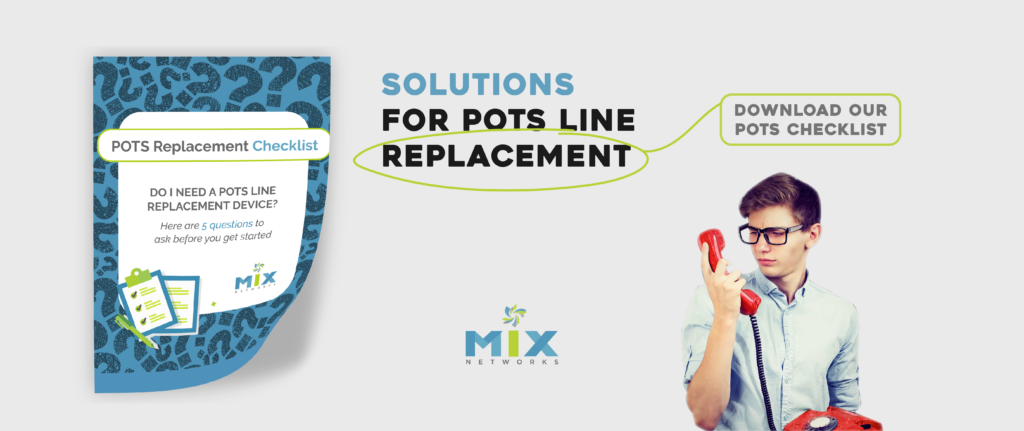It’s been a rocky road for POTS Lines over the last few decades, leading many to ask what the future of POTS Lines in 2024 will be. With the number of active POTS lines falling from 122 million in 2010 to 36 million in 2021, it is no surprise that the FCC has taken action and issued Order 19-72A1. FCC Order 19-72A1 permitted service providers to stop selling and maintaining copper lines.
To further understand what this means, we must explain how POTS Lines are delivered to the end user.
Role of ILEC and CLEC in POTS Lines
An Incumbent Local Exchange Carrier (ILEC) is a telecommunications company that provided local telephone services in a specific geographic area before the telecommunications industry’s deregulation. In the United States, the term is commonly used in the context of the Telecommunications Act of 1996, which aimed to promote competition in the telecommunications market. A real-life example of an ILEC is AT&T or Verizon.
Before the deregulation, many countries, including the United States, had a monopoly structure in which a single company, often a former government-owned entity, provided local telephone services. These companies became known as Incumbent Local Exchange Carriers.
New regulations were introduced to open up the telecommunications market to competition as part of the deregulation efforts. Competitive Local Exchange Carriers (CLECs), such as Windstream or Integra, were allowed to enter the market and offer services in competition with the ILECs. The goal was to encourage innovation, lower prices, and improve services by introducing competition.
Regulatory Changes for POTS Lines
However, in August of 2022, the requirement placed on these incumbent local exchange carriers (ILECs) that mandated them to provide POTS lines at competitive rates or service at wholesale price to competitive local exchange carriers (CLEC) was removed.
On October 27, 2023, the order released the ILECs from the remaining cost requirements associated with POTS lines.
While none of this will mean that service providers will immediately suspend service of POTS lines, it does signal the end of an era. The ILEC Verizon has already transitioned most of it’s customer base off of POTS lines and onto alternatives this year, and AT&T has declared it would take 50% of its copper network offline by 2025. NoJitter reports that some enterprises have already seen the price of a single POTS line increase to over $1,000, and new lines may cost as much as $1,300 per line.
Moving Forward with POTS Lines in 2024
As we move forward into 2024, the landscape of telecommunications continues to evolve. The gradual phasing out of POTS lines underscores the industry’s ongoing transformation, emphasizing the importance of adapting to alternative technologies and communication solutions. For POTS lines in 2024, the era of traditional copper-based telephone services may be drawing to a close, but it opens doors to a future where advanced technologies and innovative solutions shape the way we connect and communicate.
Keep Reading:
Understanding POTS: What is a POTS Line Used For?
POTS Line Replacement Strategies: How, When and Why









